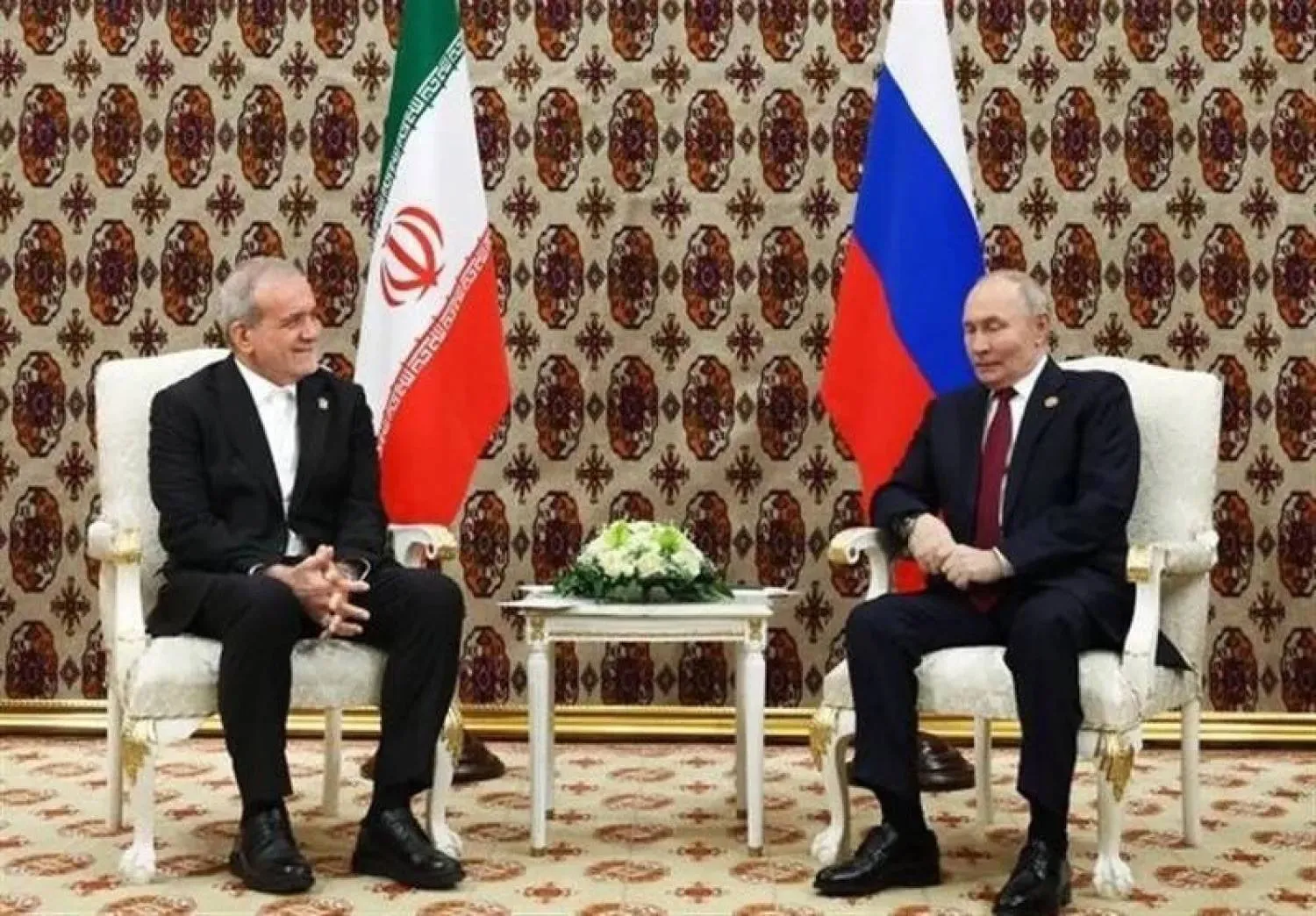Only a week after the funeral procession of Iran’s top general, Qassem Soleimani—an event that supposedly united the public—demonstrations flared up in Tehran’s streets against the Iranian Revolutionary Guard shooting down of a Ukrainian airliner.
The January 11 protests took place after a little over two months of the mass November demonstrations which were met by a fierce government crackdown that resulted in hundreds of dead Iranians.
Estimates set by human rights organizations and foreign news agencies show that the campaign of government oppression has resulted in 300-1500 deaths, in addition to thousands of wounded and detainees.
The return of the protesters to the street despite security services deliberately killing protesters says a lot.
It shows that the element of fear that the regime has gambled on has collapsed, and proves the courage of the demonstrators who chant against the “dictator.”
Iranians are voicing their rejection of the regime’s interference in the affairs of others and funding of foreign militias.
The Supreme Leader's lack of a plan to stop the repercussions of stifling US sanctions on the entire economy has also fueled protests where the ordinary citizen voiced their frustration with the overall situation in the country.
Not only does the regime refuse to reconsider ways it spends the country's resources, which are scarce due to oil sanctions, but it also allows for corrupt authorities to control the more lucrative economic sectors, such as communications and contracting.
Those two sectors are controlled by the Iranian Revolutionary Guard which has been blamed for inhibiting the fair distribution of the burden of the crisis across the population.
More so, the increase in fuel prices showed that authorities in Iran do not mind burdening the poor and middle classes while the wealthy associated with the regime maintain all their privileges.









